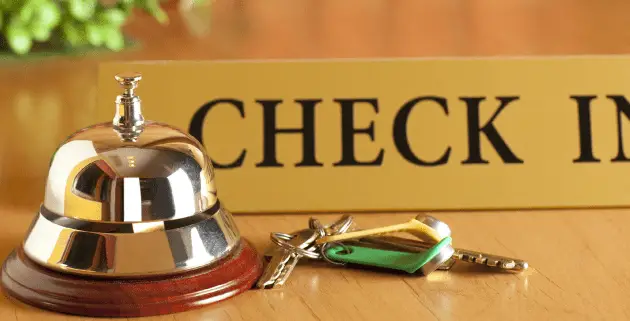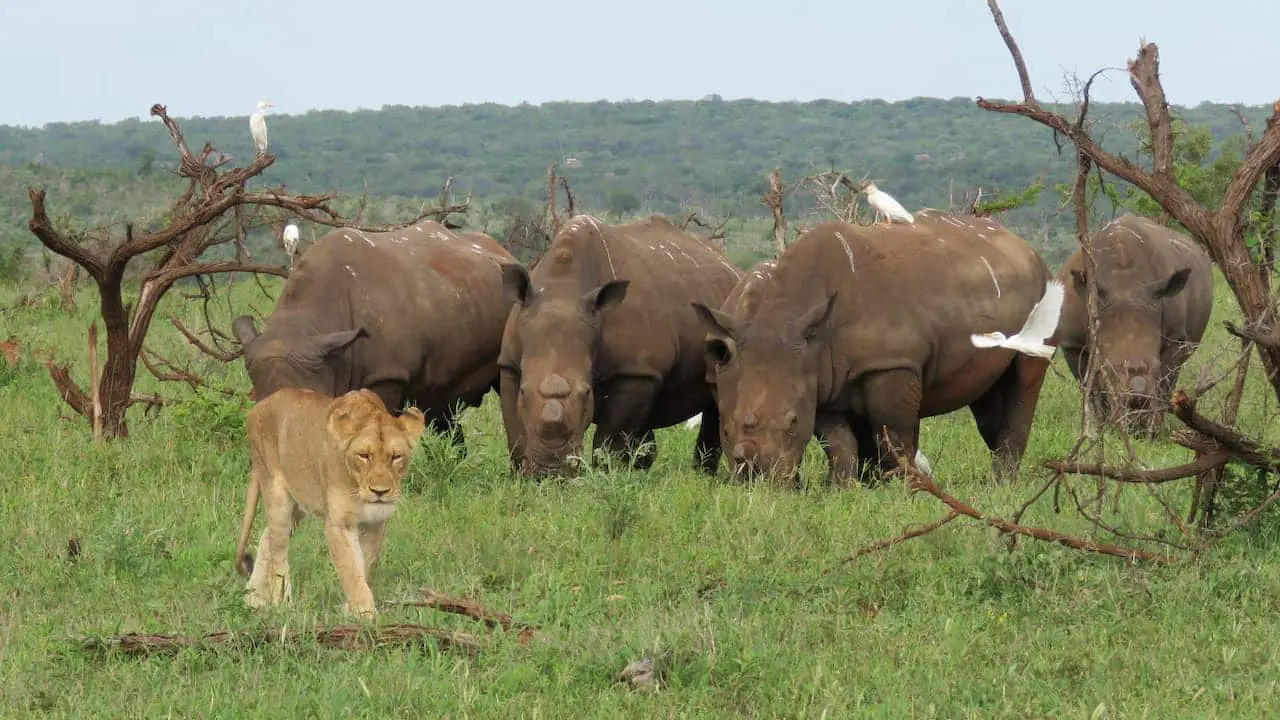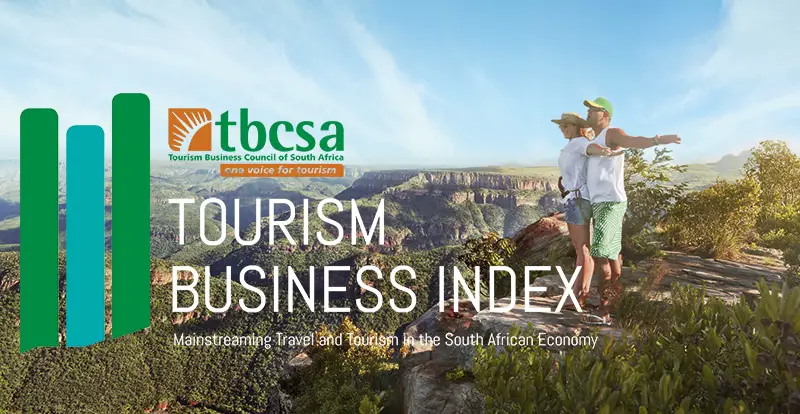Destination Marketing: The Quest for Funds
Tourism marketing, be it in support of destinations, attractions, airlines, airports, hotels, resorts or events, has become a very expensive game. The ability to reach audiences, attract awareness, excite interest, and ultimately to convert into action – arrivals, bookings, bed-nights, entrance tickets sales, seats, spend, so many other critical metrics – has become the ever-present challenge of marketing champions of the sector.
And, with economic concerns increasing, budgets decreasing, moods souring, currencies weakening and competition strengthening, the challenge is only set to increase. There simply never seems to be enough funding to invest into getting the word out to get the desired results. There is never enough:
- to get to all the target audiences desired;
- to stand out;
- to sustain presence;
- to get the needed impact;
- to be able to compete as hoped.
And never enough to see the trend lines turn upwards as committed to in plans and programs.
Options seen so limited, “we don’t have any budget” seems to be the standard answer when new opportunities are presented.
How long will this last?
Will there ever be the chance to get into a position when there is enough to?
Or, seeing how global economies seem stuck in a state of uncertainty, are marketing budgets going to be stuck in an ever-lasting state of “never?”
Never say never…
ALWAYS BE HUNGRY FOR MORE
The search for additional budget is a problem that will never go away, even in the best of economic times. Reason being that ideas and opportunities of creative, inspired marketing minds will always exceed investment. The wish list only grows longer as the piggy bank gets heavier. Human nature is not used to saying “enough, thank you.”
With the reality of tough economic times, marketing budgets, as hungry as they may be, force focus, and often unlock creativity in ways never before imagined. If the buffet is no longer available, and one needs to settle with an a la carte menu, which course comes first?
Starting with dessert – the fun, sexy, often short-term stuff that yields immediate satisfaction and creates a marketing high, is tempting, but once the sugar wears off, the hunger pains are even stronger. The brand is needing even more.
Ultimately, it is about feeding a healthy marketing diet. Which means substance – strategy, before the sweets.
What aspect of the marketing plan are the carbs, the proteins and the vegetables? What are the long-lasting projects and programs that allow for the longest energy release, building brand strength, providing the critical nutrients for the highest value of growth for the brand?
And importantly, if still feeling hungry, whose plate can a bite be taken from?
SHARING A MEAL, SPREADING THE WEALTH
Smart tourism marketers have learnt that the best way to make more happen with one’s budget is to make sure that there is more than one budget.
Getting out there, getting the ideal media mix on-air/on-line/on-time/on-message, achieving standout, establishing status, and turning communications into conversion is all possible. It’s all about making the right connections – bringing together different entities to be able to pull together capability to meet common goals through combining budgets. It can make the difference between silence and presence.
The difficulty is that the focus is more often on the differences – how entities compare and often compete, than the similarities.
When looking beyond the boundaries, the possibilities for coming together to make a win:win (:win:win:win) impact are immense. How are these co-operative marketing wins identified? Through understanding the needs of the other side, and then working backwards to fulfill one’s own.
This may involve:
1) MAGNIFICATION: Identifying a priority of another stakeholder, and then working with them to magnify their efforts for shared benefit. For example:
- Airlines combining marketing efforts with major events, festivals, convention bureaus, airports, destination campaigns;
- Hotels combining marketing efforts with convention bureaus, chambers of commerce, major events;
- Destination marketing bodies combining efforts with bid committees, major events, nation brand organizations.
2) MANDATES: looking beyond the sector to establish other, i.e., Ministries / Departments that are linked to tourism, who have specific deliverables to fulfill, with budget to support same, who may not be 100% clear on exactly how to meet their objectives in sectoral promotion, for example:
- Ministry/Department of Sport;
- Ministry/Department of Arts & Culture;
or simply may not see how they link to tourism, and with effective alignment, are willing to support tourism growth for the knock on effect of their own growth, i.e:
- Ministry/Department of Transport;
- Ministry/Department of Foreign Affairs;
- Ministry/Department of Trade & Export;
And, as is essential whether blessed with large budgets or burdened with small.
3) MEASUREMENT: Being clear on where R.O.I. is best realized as regards:
- Effective reach of target audiences;
- Increase of Brand equity;
- Momentum and multiplicity of messaging;
- Conversion of qualitative interest into concrete, quantifiable, bankable action – arrivals, revenues, yield, and
- Investment attraction.
The budgets are out there – it’s all about making the case for mobilising the multiplier effect that is innate within the tourism sector.
MAXIMIZING MEDIA THROUGH RELATIONSHIP DEVELOPMENT
Interestingly, and yet so often overlooked and underappreciated, one of the greatest platforms for maximizing media investment is meaningful development of media relationships. Whether a major global network or a local messaging blog, the media – those communications entities who truly “get” the critical role that travel and tourism plays in feeding the wellbeing of societies, economies, and environments – can be the greatest partner in the quest to turn small budgets into big impact. They are the ones to ask to come take a seat at the table.
Why? Because they believe in the destination.
For this reason they are keen to work with destinations to design meaningful messaging solutions, not simply draw up media schedules.
Case in point: Seychelles.
Located off of the East Africa coastline, the small yet savvy Indian Ocean island nation of the Seychelles is home to just under 90,000 people. Possessing a richness of history, culture and tradition, Seychelles is a nation clearly favored by Mother Nature. Its intensely beautiful scattering of tropical islands calls out for lovers of adventure, romance, exotic awe. As proven in 2011, it is a paradise befitting of royal newlyweds.
Importantly, the tourism sector exists as the backbone of Seychelles’ economic, social and environmental make-up. With over 208,000 international arrivals in 2012, and already enjoying an YTD increase of 12.6% according to the UNWTO, the WTTC estimates the direct GDP contribution of the travel & tourism sector to national GDP to be 24.8%, almost one quarter of the nation’s earnings (and a staggering 60.8% when looked at in terms of total contribution). As importantly, if not more so, the sector directly represents 25.8% of employment of the island nation, escalating to just under 60% when looked at in terms of total contribution to employment.
It is no surprise, therefore, that the Honorable Minister of Tourism and Culture of Seychelles, Alain Saint-Ange, takes his role as champion of the sector very seriously, doing all possible to stretch resources – time, money, people, intelligence – to the point of unprecedented return. For this reason, within the global tourism community, he, like his island nation, is viewed as somewhat of a natural phenomena.
How is Minister Saint-Ange able to compete for global share of voice and appeal, even when lacking global muscle of funds? By viewing the media as a priority guest at his table.
As stated by Hon. Minister Saint-Ange:
“No one will ever have the budget they wished for, but not having the budget should never be an excuse for not communicating. Seychelles has been conscious that it needed to work with the press since the re-launch of its tourism industry some four years ago. To do so we have managed our Tourism Board and later the Ministry of Tourism and Culture with an “open door” policy vis-a-vis the press. It is through this press friendly approach, whether CNN or a local community media outlet, that we have been able to increase our awareness in the market place right across the world, and to be noticed in the global tourism community.”
In addition to creating and running a compelling global tourism brand campaign through international media channels, Hon. Minister St.Ange looked to pro-active engagement with the press to achieve ongoing destination awareness, thus complementing thematic advertising content, and keeping the destination active in the minds of travelers.
Running parallel to Hon. Minister St.Ange’s press savvy is his strategic acumen, demonstrated ongoing through programs undertaken to build on key niches and partnerships within the tourism sector. The destination’s objectives are clear, and the destination’s chief champion is relentless.
For the Seychelles, the focus is not on weaknesses of budget, “cup half empty,” but strengths of opportunities, including identifying others who look at the world through the same lens of “cup half full.”
SETTING AN EXTRA PLACE AT THE TABLE
As the end of a challenging year for the sector nears, with targets needing to be met and new ideas for the year ahead needing to be considered, the hunger for more funding will only increase. Funds will simply never be enough.
The best way to push past the upset of looking at how little is on one’s plate? Finding others to join the table – others who are willing to bring their plates and join for the meal.
It is all about recognizing that a menu is most richly expanded, and a meal is ultimately most satisfying, when shared with good company.
Published with acknowledgement to Anita Mendiratta, CNN Task Group / eTN









